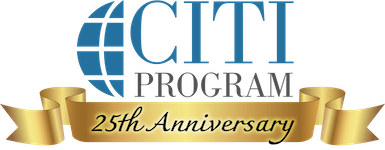Biosafety Retraining addresses awareness of biohazards, risk assessment, and key risk management principles including work practices, personal protective equipment (PPE), engineering controls, and emergency response.
Language Availability: English
Suggested Audiences: Researchers Working in a Laboratory
Organizational Subscription Price: Included in Biosafety and Biosecurity series, available as part of an organizational subscription package or for $675 per year/per site as a subscription add-on for government and non-profit organizations; $750 per year/per site as a subscription add-on for for-profit organizations
Independent Learner Price: $110 per person

